Knowing when to keep driving to a safe service point or exit immediately can be crucial to your safety on the road. This guide walks you through key warning signs, urgent danger situations, and practical steps to help drivers make the right call on Singapore roads.
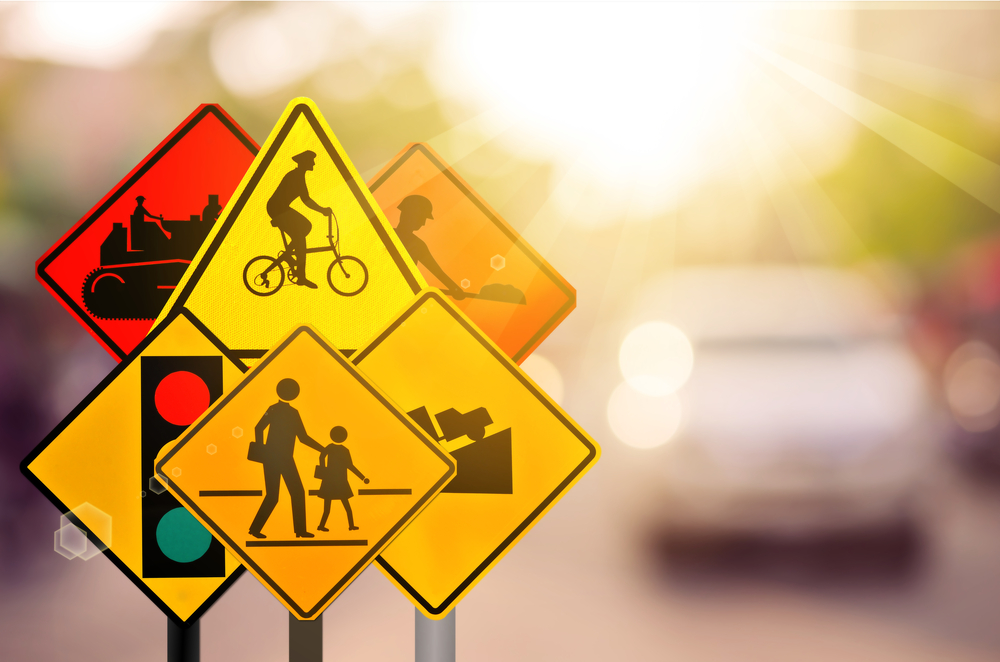 Driving in Singapore may feel routine for many of us, but that’s no reason to take it lightly. It’s an everyday activity that still demands attention and quick judgment when emergencies or unexpected situations arise.Knowing when to keep going and when to stop and get out of your vehicle could save lives. Here is a straightforward guide to help.
Driving in Singapore may feel routine for many of us, but that’s no reason to take it lightly. It’s an everyday activity that still demands attention and quick judgment when emergencies or unexpected situations arise.Knowing when to keep going and when to stop and get out of your vehicle could save lives. Here is a straightforward guide to help.
Recognise key warning signs
Before hitting the road, always do a quick vehicle check for damage, such as dents or cracks on your windscreen, and look out for visible dangers like leaking fluids under the car or loose parts around the tyres.
On the move, pay close attention to unusual smells like burnt rubber or fuel, smoke, strange noises, or warning lights on the dashboard. These can indicate mechanical trouble that might soon become dangerous. For example, if your vehicle is pulling to one side or making abnormal sounds, it is safer to stop as soon as it is safe to do so and inspect than push on.
Also, stay alert for road hazards around you like oil spills, potholes, or heavy traffic congestion, especially near school zones or construction areas where sudden stops or slowdowns can happen. Defensive driving means anticipating these and avoiding risky manoeuvres like sudden lane changes or speeding through hazards.
Urgent danger situations require immediate stops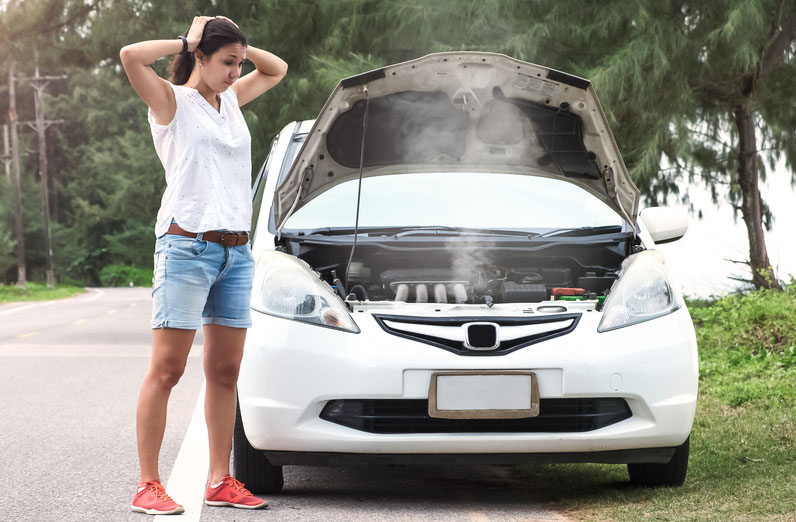
If you face a sudden emergency, such as the engine overheating with steam or visible smoke, pull over safely as soon as possible, turn off the engine, and exit the vehicle immediately once you’re at a safe spot by the roadside or shoulder. Do not try to continue driving. Similarly, if you experience loss of control, such as brakes failing or if your tyres burst, look to safely bring your vehicle to a stop and get out quickly.
In case of an accident or collision, remain calm but assess your surroundings fast. If you suspect fuel leakage or fire risk, exit immediately and move your passengers away. Use warning signals like hazard lights or reflective triangles to alert other road users to prevent further accidents.
Practical safety steps when you decide to stop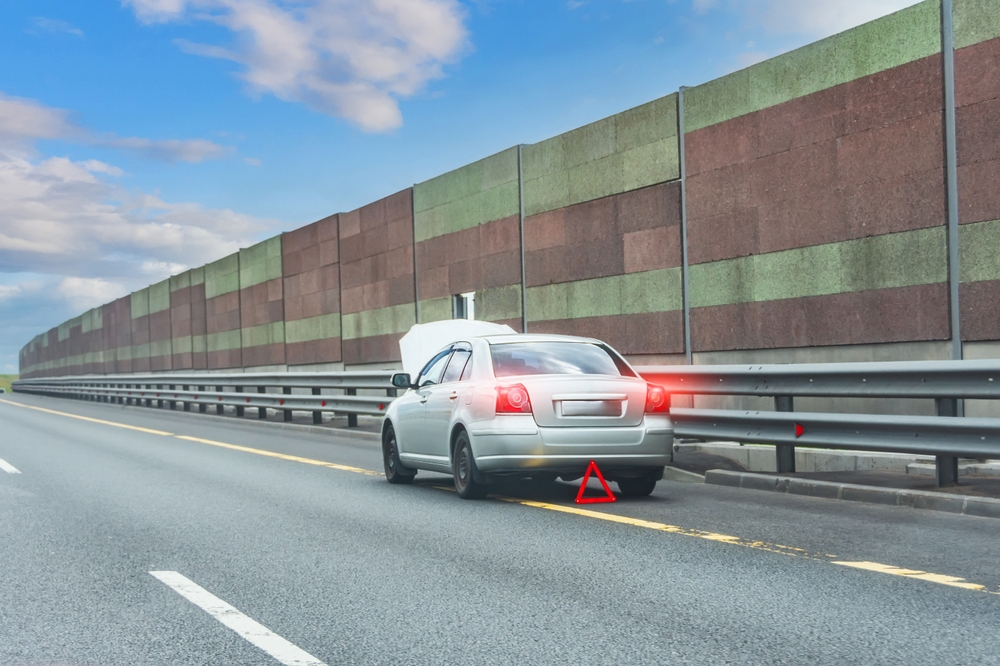
When stopping, always signal early and slow down in a controlled manner. Pull over to the nearest safe location, such as a service lane, shoulder, or well-lit area. Lock your vehicle doors upon exiting and stand well away from the traffic flow, ideally behind barriers if available.
If stopping on expressways or fast-moving roads, stay inside your vehicle unless there is an imminent danger, because stepping onto the road can be more hazardous. Use roadside emergency phones or your mobile to call for assistance.
Know when to keep driving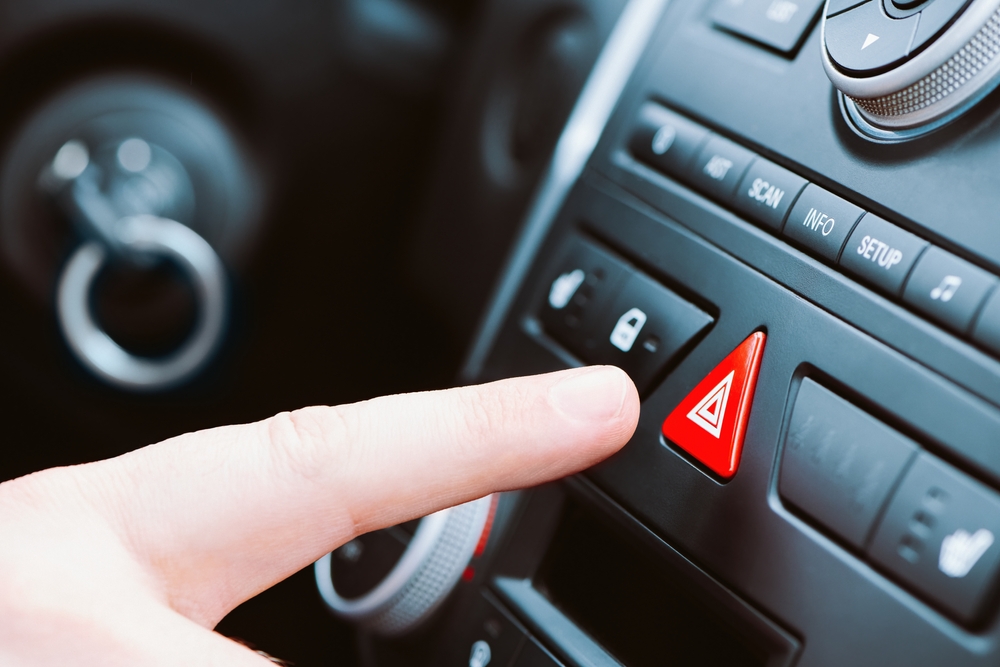
If your vehicle shows minor issues but it is still stable, such as a faint warning light with no other symptoms or a slight temperature increase without steam, it may be safer to drive slowly to the nearest service point rather than stopping in unsafe spots. This requires assessing the road conditions; if the route ahead is clear and there are no signs of worsening issues, keep driving cautiously.
Maintain a slow speed, keep your hazard lights on to alert other drivers, and avoid sudden braking or acceleration, as abrupt movements can cause you to lose control or worsen the damage. If in doubt, it’s usually best to stop safely rather than risk hidden mechanical problems that could make the situation more dangerous.
Stay alert on Singapore’s roads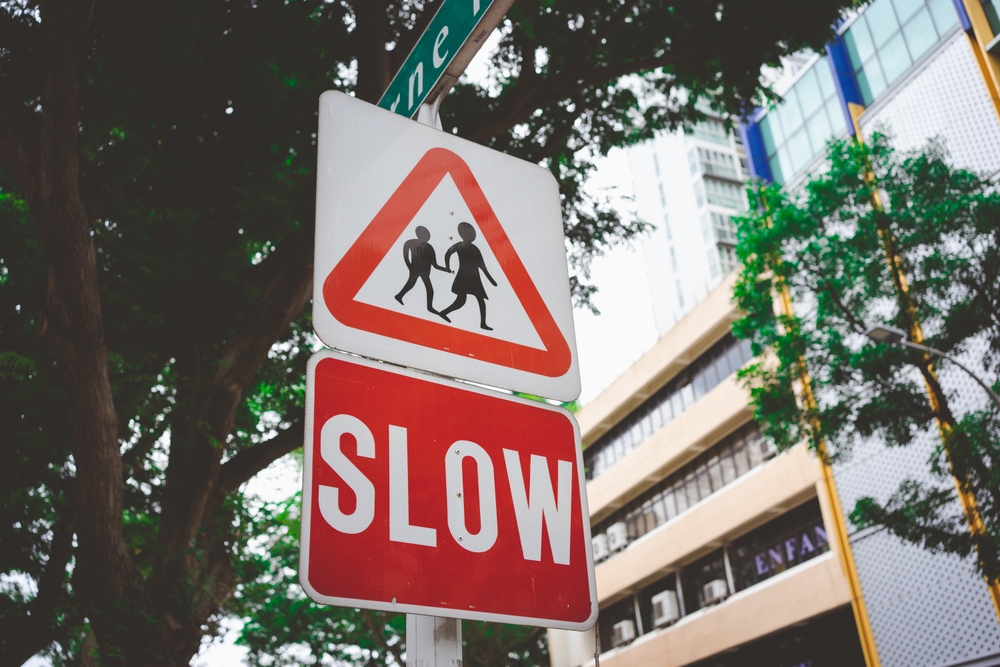
Singapore’s compact road system means hazards can appear suddenly. Traffic rules enforce speed limits strictly, especially in sensitive areas like school zones and Silver Zones where elderly pedestrians are plentiful. Slowing down and being vigilant in these zones reduces risk.
Follow standard road safety practices: minimise distractions, keep a safe distance from the vehicle ahead, and avoid aggressive driving. Defensive driving helps you respond better to the unexpected.



